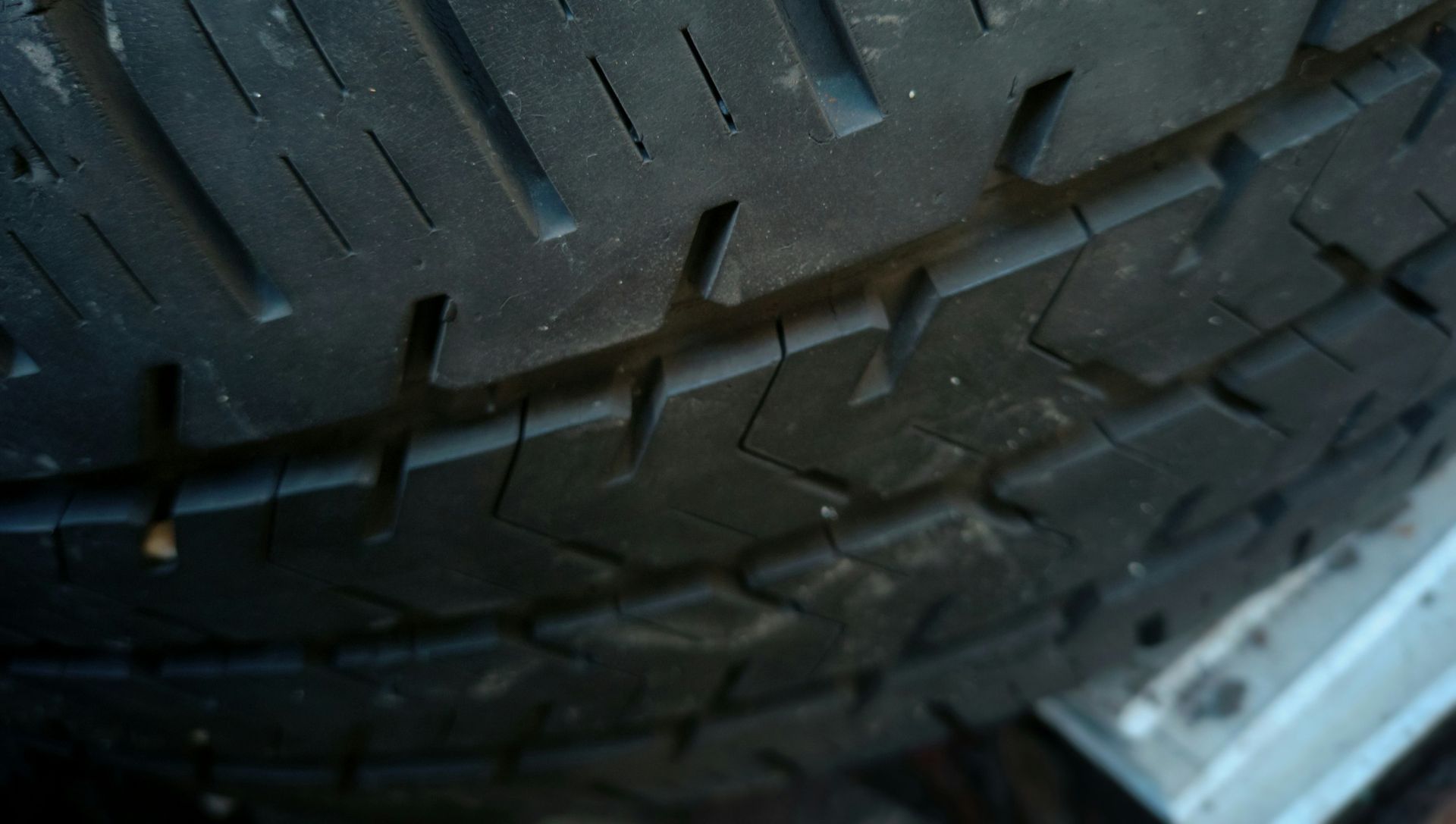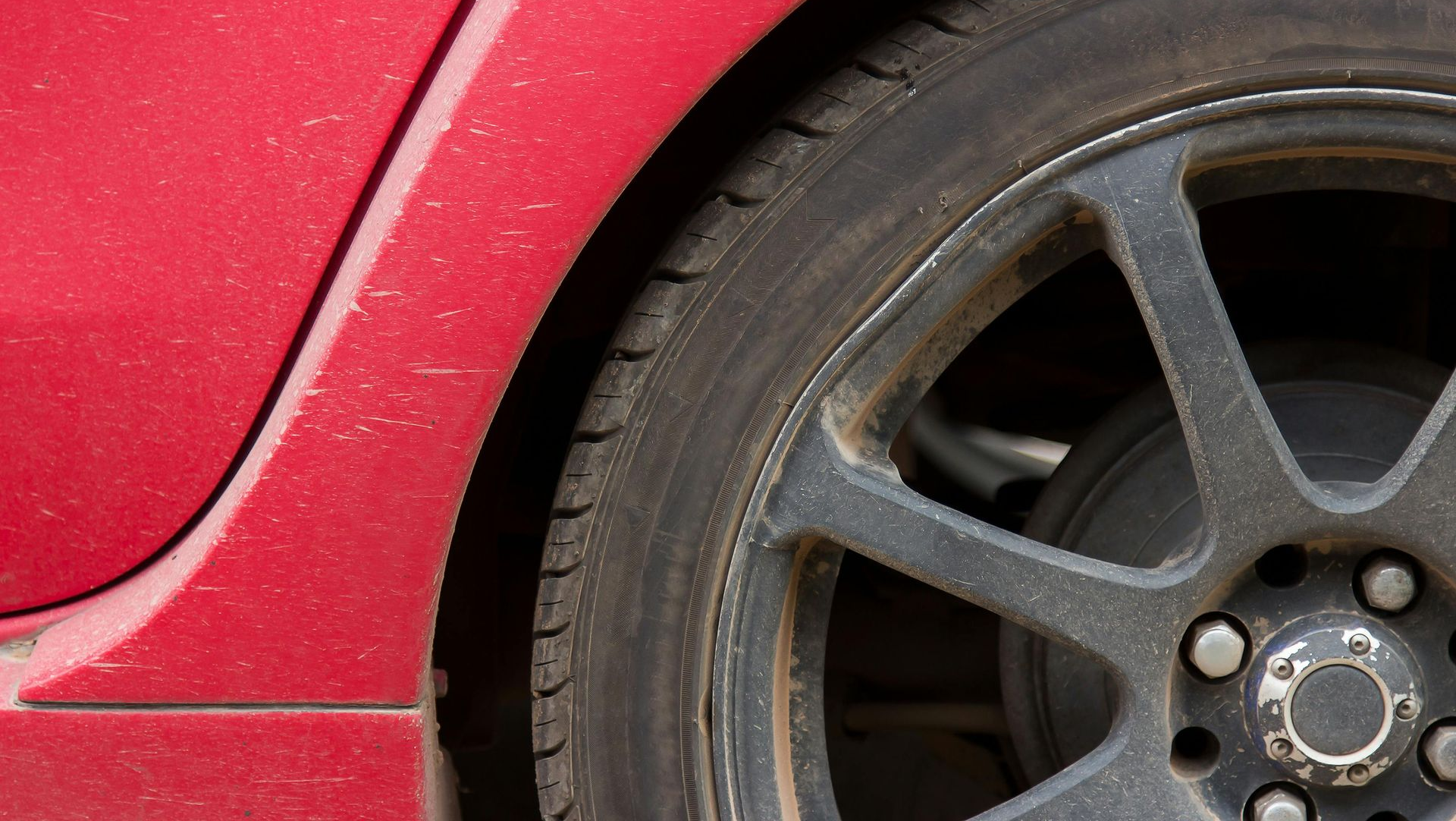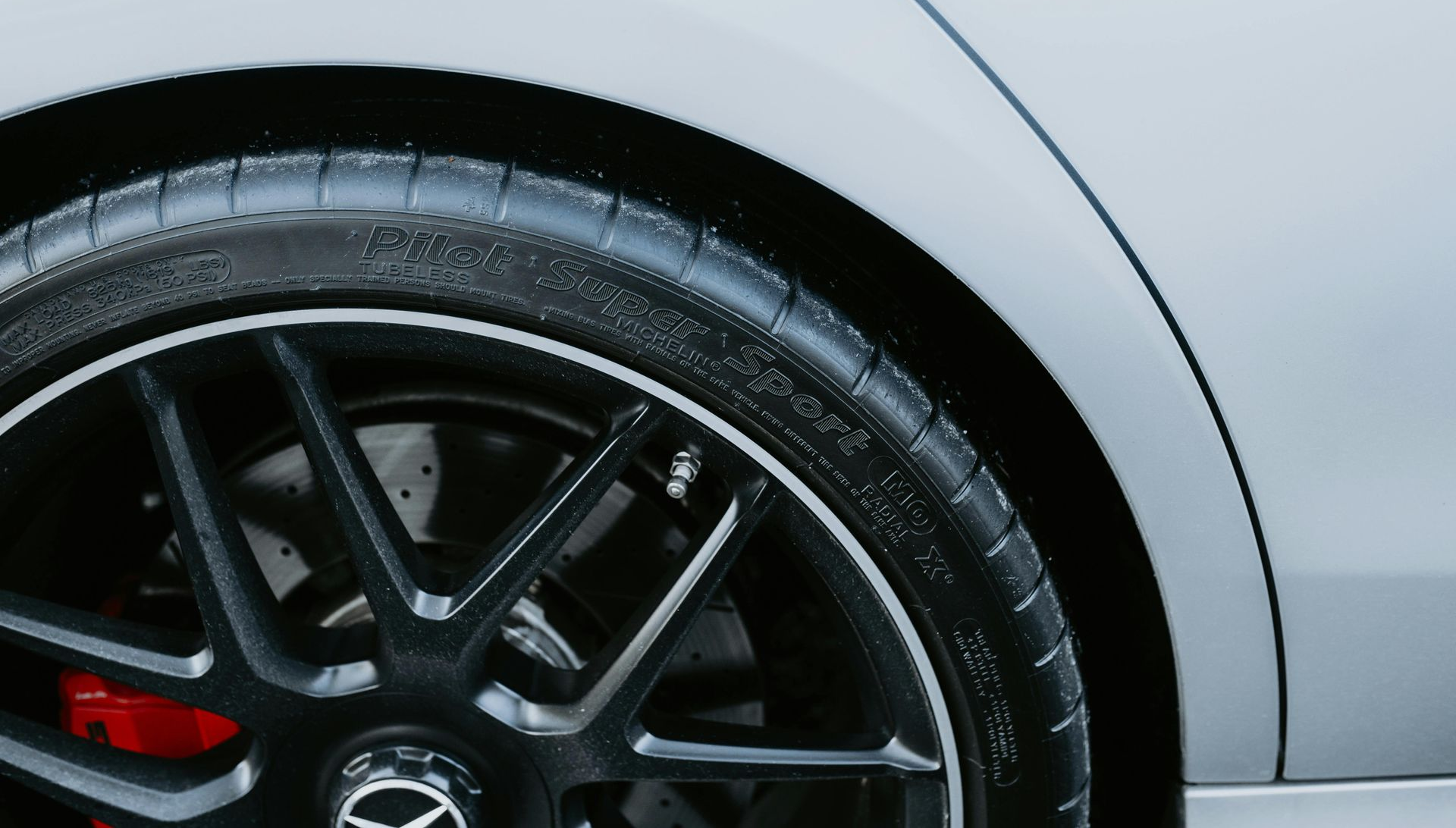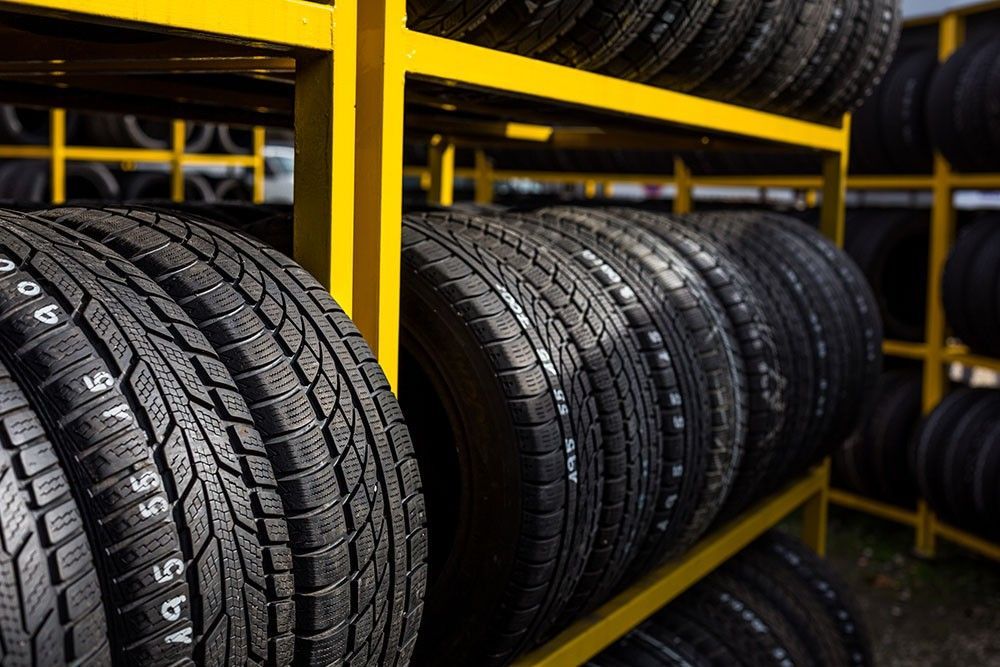The Science of Tire Tread: How Depth Impacts Grip and Safety
Why Worn Tread Puts Drivers at Risk
Tires are the only part of a vehicle that makes direct contact with the road, and the condition of their tread plays a critical role in safety and performance. Tread depth determines how well a vehicle grips the road, how effectively it stops, and how stable it feels in challenging conditions. At Raymond’s Tire Shop, we help drivers understand why tread depth matters and when it is time to replace worn tires.
What Tire Tread Does
Tire tread is the patterned rubber surface that touches the road. Its grooves and channels are carefully engineered to push water away, provide traction on dry pavement, and maintain grip on uneven surfaces. Deeper tread improves performance in rain and snow, while shallower tread makes tires more vulnerable to slipping and skidding.
Without
sufficient tread, a tire cannot maintain proper contact with the road. This increases the risk of hydroplaning, reduces stopping power, and makes handling unpredictable.

Measuring Tread Depth
In the United States, tire tread depth is measured in 32nds of an inch. Most new tires start with a tread depth of 10/32” to 12/32”, depending on the design. As the tire wears down, its ability to grip decreases. The legal minimum tread depth in most states is 2/32”, but waiting until a tire reaches that point is unsafe. Experts recommend replacing tires when tread depth falls to 4/32”, especially for those who drive frequently in rain or snow.
A common way to check tread depth is with a
penny test. Insert a penny into the tread groove with Lincoln’s head upside down. If the top of his head is visible, the tread has worn below 2/32” and the tire must be replaced immediately. A more accurate method is using a tread depth gauge, which provides exact measurements.

How Tread Affects Grip
Tread depth directly influences a tire’s ability to maintain grip. On wet roads, deeper grooves channel water away, reducing the risk of hydroplaning. On snowy surfaces, sufficient tread allows tires to bite into the snow, improving traction. As tread wears down, these benefits diminish. Even if a tire appears smooth and still holds air, its performance in real-world driving conditions can be dangerously compromised.
Impact on Braking Distance
Stopping distance is another area where tread depth plays a crucial role. Worn tires take longer to stop, particularly on wet or icy surfaces. The difference of just a few feet can determine whether a vehicle stops safely or collides with another car. By maintaining proper tread, drivers reduce braking distances and increase their safety on the road.
Fuel Efficiency and Tire Wear
Tread depth also affects efficiency. Worn tires may cause uneven rolling resistance, forcing the engine to work harder and reducing fuel economy. In addition, tires with uneven or shallow tread wear more quickly, requiring more frequent replacements. Replacing tires on time not only improves safety but also saves money in the long term.
When to Replace Tires
Drivers should not wait until tires reach the legal minimum tread depth. For the best balance of safety and performance, replacements should be considered once tread depth falls to 4/32”. Seasonal conditions also matter. Drivers in regions with heavy rain or snow may need new tires sooner than those in consistently dry climates.
At Raymond’s Tire Shop, we provide expert tread inspections and honest recommendations. Our goal is to help customers stay safe and confident on the road, while making the most of their investment in quality tires.

Final Thoughts
Tire tread depth is not just a number; it is a direct measure of road safety. From maintaining grip to reducing stopping distances and preventing hydroplaning, healthy tread ensures that vehicles perform as designed. Ignoring tread wear puts drivers, passengers, and others on the road at unnecessary risk.
At Raymond’s Tire Shop, we make tread inspections simple and straightforward. If your tires are showing signs of wear, our team is ready to evaluate them and recommend the best solutions. With proper tread depth, every drive becomes safer, smoother, and more reliable.










